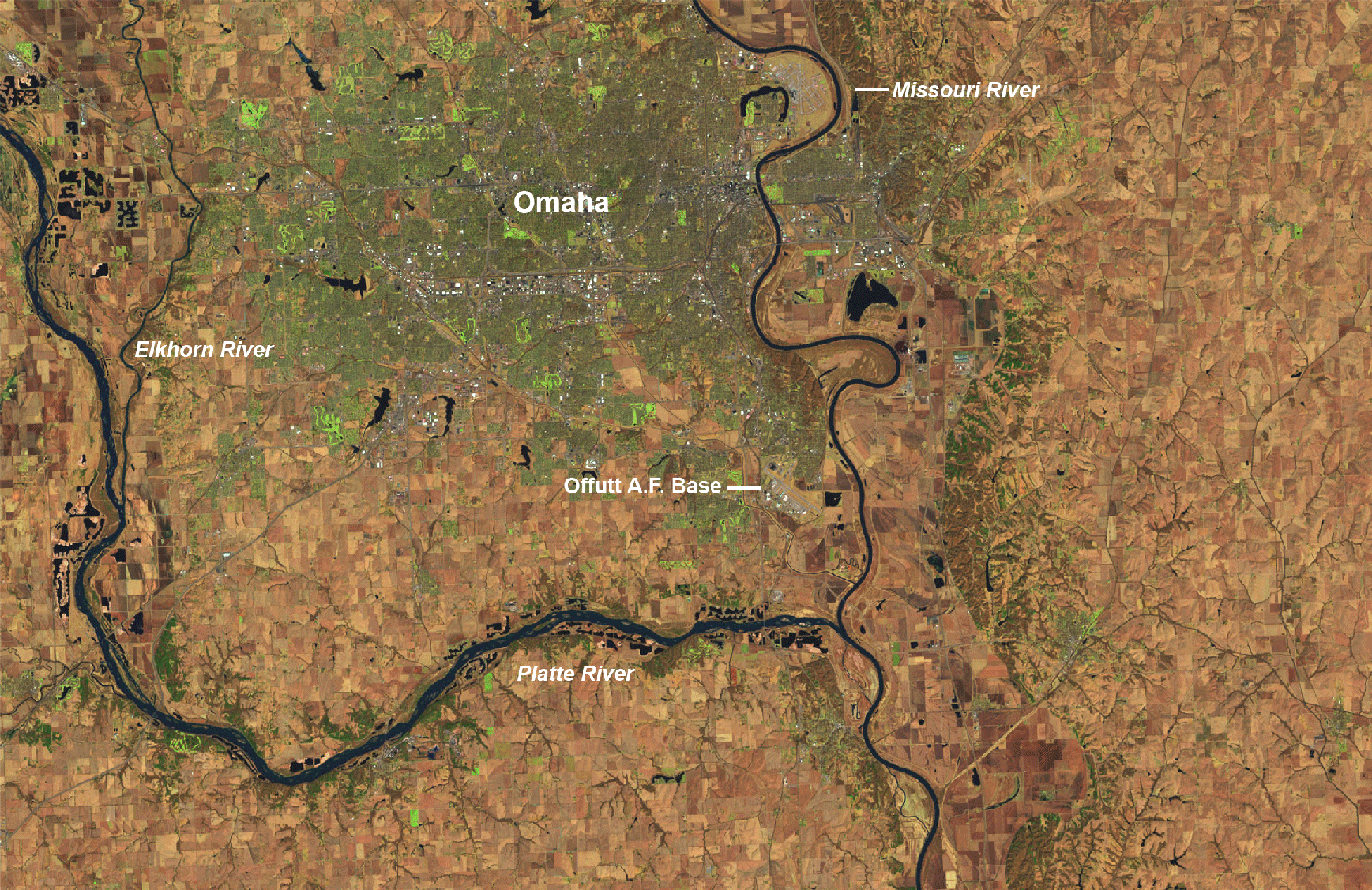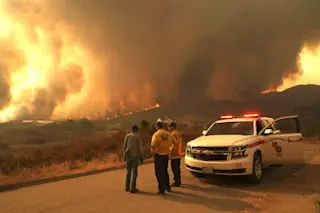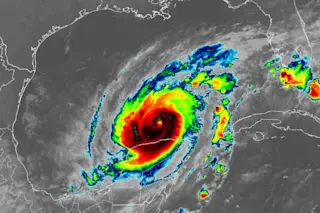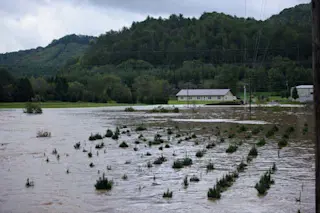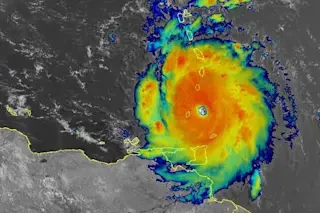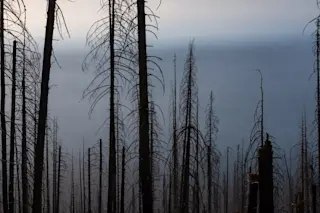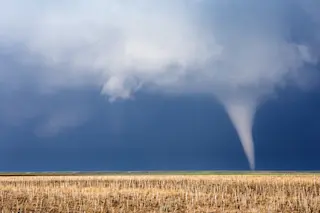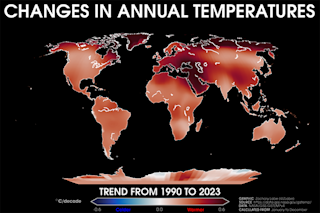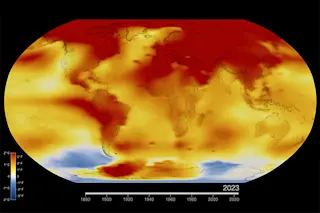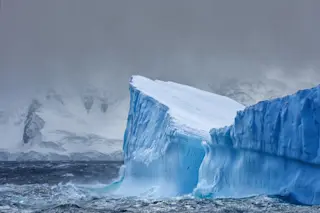Before and after satellite images reveal the extent of flooding on the Platte, Missouri and Elkhorn rivers near Omaha, Nebraska. (Images: NASA Earth Observatory. Animation: Tom Yulsman) Flooding characterized by the National Weather Service as "major to historic and catastrophic" is continuing across parts of the central plains and Upper Midwest. The flooding has come in the wake of last week's "bomb cyclone," which dumped heavy rain atop snowpack with high water content. The resulting runoff has triggered record-setting flooding throughout the Missouri and Mississippi river basins. As I'm writing this on the afternoon of Tuesday, March 19, more than 8 million people are under flood warnings — and rain showers forecast into this evening could make things even worse. The scope of the flooding in the Omaha, Nebraska area is dramatically illustrated in the before-and-after animation above. I created it using false-color imagery from the Operational Land Imager on ...
Satellite imagery reveals the stunning scope of historic flooding inundating the Midwest
Discover the shocking impact of flooding on the Platte River through stunning before and after satellite images from Landsat 8.
More on Discover
Stay Curious
SubscribeTo The Magazine
Save up to 40% off the cover price when you subscribe to Discover magazine.
Subscribe

